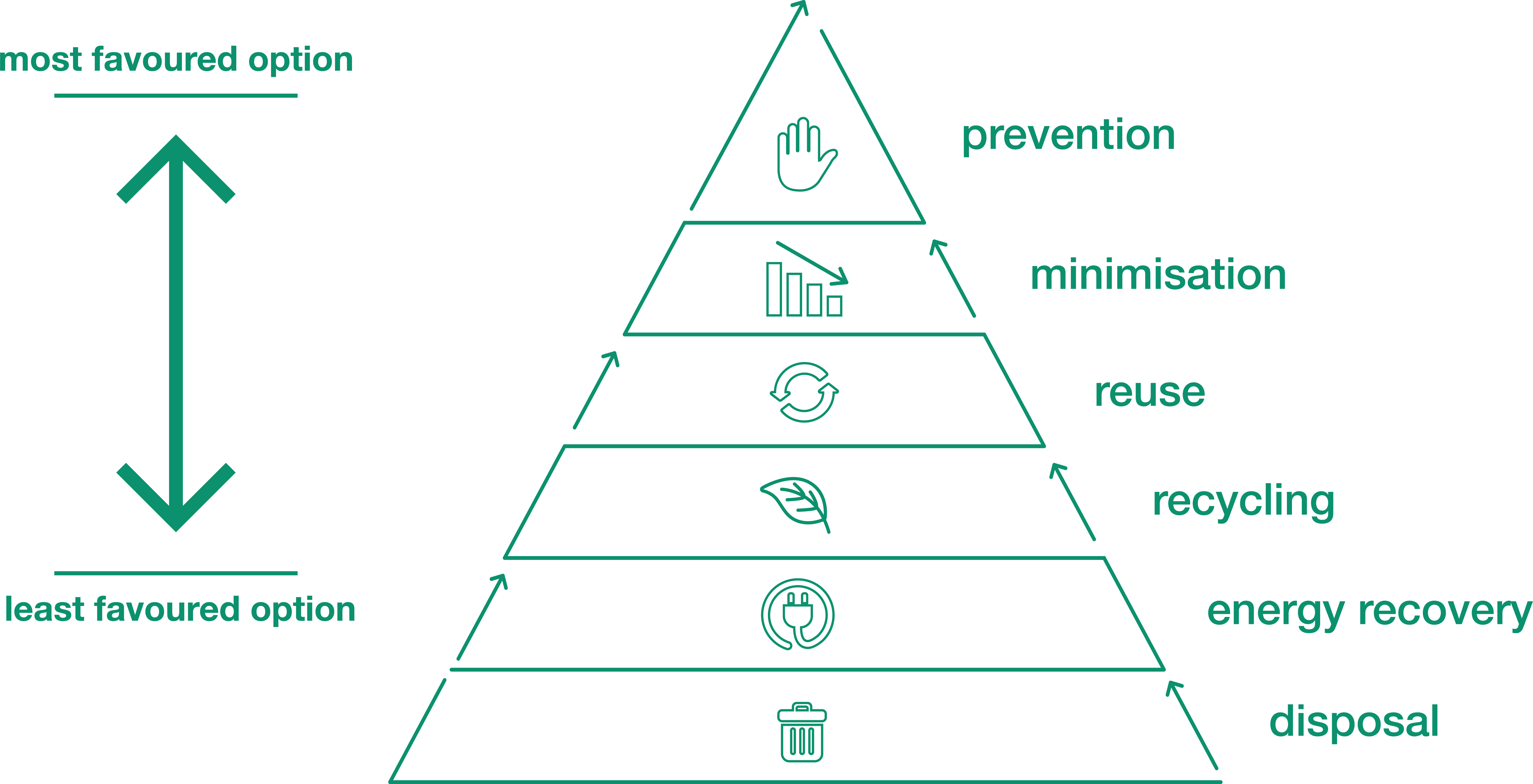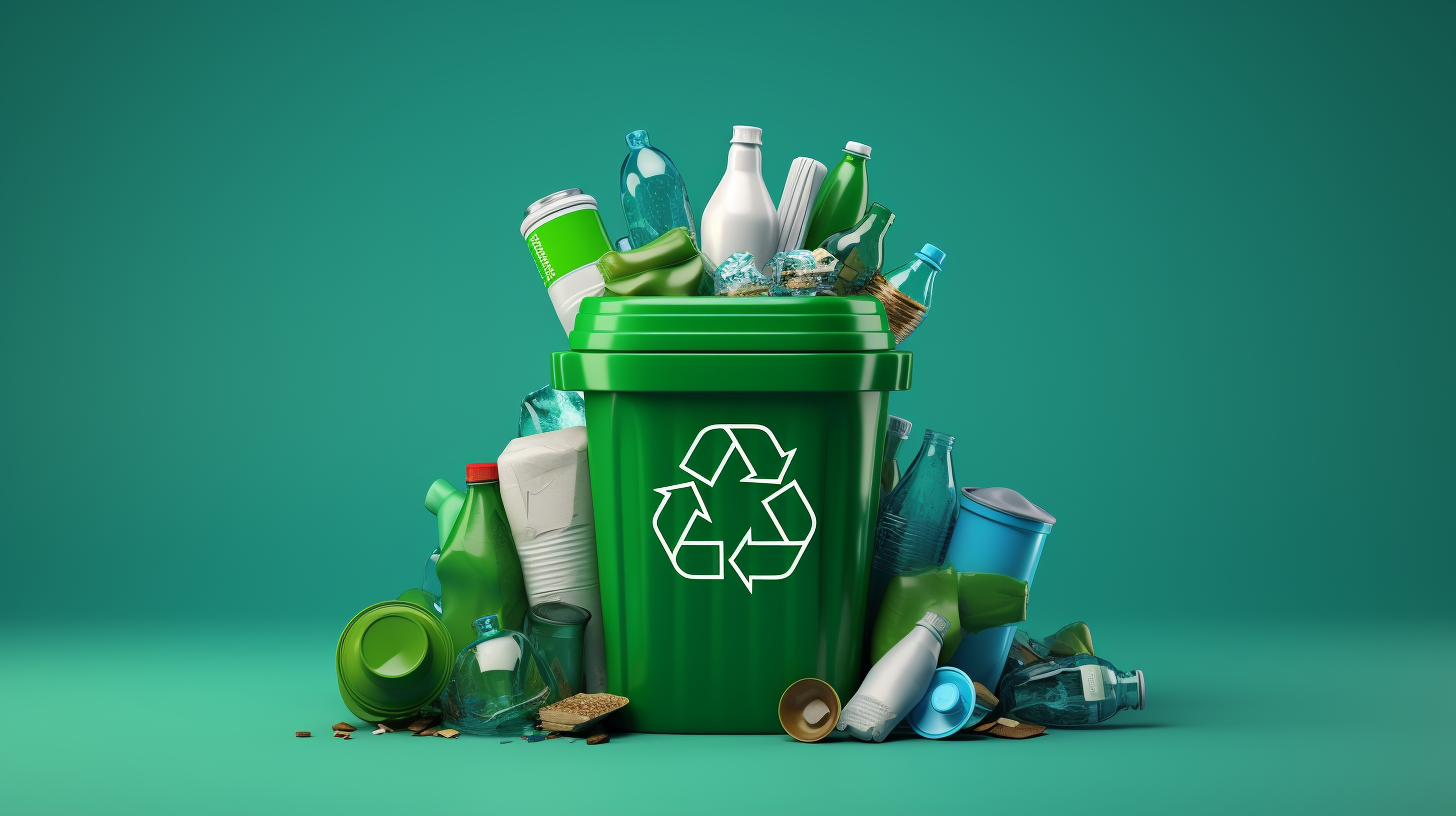Comprehending the Classification and Handling of Various Types of Waste
Effective waste administration is critical for environmental sustainability, requiring an extensive understanding of the category and handling of various waste types. Home waste, industrial spin-offs, harmful products, digital refuse, and natural remnants each require distinct methods to guarantee safety and security and lessen environmental damages. Implementing right segregation, therapy, and disposal techniques is necessary to reduce adverse environmental effects and promote resource conservation. For circumstances, the composting of natural waste contrasts greatly with the detailed procedures needed to manage unsafe substances. This complex technique to squander monitoring emphasizes its complexity and the crucial need for specialized understanding in this domain name.

Home Waste
Home waste, incorporating a wide selection of disposed of products created from daily living tasks, stands for a substantial part of the general waste stream - recycling lives services. This category includes organic waste such as food scraps, lawn cuttings, and paper items, along with not natural products like plastics, steels, and glass. The diverse nature of house waste requires efficient classification and administration to reduce environmental influence and promote lasting living methods
Efficient family waste administration begins with partition at the source, helping with recycling, composting, and safe disposal. Organic waste, for example, can be composted to produce nutrient-rich soil changes, decreasing garbage dump concern and improving dirt wellness. Recyclable products, including paper, glass, and certain plastics, can be processed and repurposed, decreasing and saving resources power consumption connected with new product manufacturing.
Moreover, hazardous household waste such as batteries, electronic tools, and cleansing chemicals requires specialized taking care of to avoid dirt and water contamination. Public understanding campaigns and practical disposal options play important duties in guaranteeing proper disposal and recycling of these materials. By carrying out robust waste reduction methods and promoting area engagement, communities can significantly relieve the environmental footprint of family waste.
Hazardous Waste
Industrial waste, a major contributor to global waste generation, encompasses a varied range of products produced by manufacturing, building, and other industrial activities. Effective administration of commercial waste is vital for minimizing environmental effect and advertising sustainable practices.
The handling of industrial waste typically involves several procedures: collection, disposal, segregation, and therapy. Collection systems are developed to efficiently collect waste materials from numerous sources within an industrial operation.
Embracing strategies such as waste minimization, resource healing, and recycling can substantially lower the worry of commercial waste on the environment, adding to even more sustainable commercial practices.
Contaminated Materials

The category of contaminated materials is normally based on its physical and chemical features. Harmful wastes include dangerous materials that can create damaging health results learn the facts here now also at low focus. Harsh wastes can harm or destroy living tissues and materials. Combustible wastes can easily fire up, presenting fire threats, while responsive wastes can trigger explosions or launch toxic gases upon call with other compounds.
Effective hazardous waste monitoring includes numerous essential practices: identification and segregation of unsafe materials, risk-free transportation and storage, and proper treatment and disposal. Treatment techniques may consist of chemical neutralization, stabilization, and incineration. Governing compliance is vital, assisted by frameworks get redirected here such as the Resource Preservation and Healing Act (RCRA) in the United States, which guarantees secure and environmentally audio administration of contaminated materials.
Electronic Waste
Digital waste, often abbreviated as e-waste, represents a growing challenge in waste monitoring because of the rapid obsolescence of modern technology. This category encompasses a broad array of discarded electronic devices, including smart devices, computers, televisions, and family home appliances. The intricacy of e-waste hinges on its structure; these items have a mixture of beneficial products such as gold and copper, in addition to unsafe substances like mercury, cadmium, and lead.

Legislation and guidelines, such as the European Union's Waste Electronic and electric Devices (WEEE) Directive, goal to promote accountable e-waste management. These policies mandate producers to facilitate the collection and recycling of digital items, consequently minimizing the burden on land fills and reducing ecological contamination.
Organic Waste
Organic waste, encompassing eco-friendly products such as food scraps, yard trimmings, and agricultural deposits, makes up a substantial section of the local strong waste stream. This sort of waste is significant not just for its quantity but also for its possible environmental impact if not managed properly. Organic waste can decompose anaerobically in land fills, generating methane, a potent greenhouse gas adding to environment change.
Appropriate handling of natural waste includes a number of methods. In addition, drawing away food waste from landfills through contribution programs can reduce food instability while reducing waste.
Municipalities and companies are significantly acknowledging the value of organic waste management. Executing extensive natural waste reusing programs not just minimizes environmental influences but also straightens with broader sustainability goals, promoting a round economic situation where sources are continually recycled and repurposed.
Conclusion
Efficient waste management and environmental defense demand an extensive understanding of the classification and handling of different waste types. Carrying out suitable techniques for each waste type makes sure safe why not look here and responsible waste monitoring methods, eventually contributing to the defense of communities and public health.
Effective waste management is pivotal for environmental sustainability, requiring a detailed understanding of the category and handling of numerous waste kinds.Household waste, including a wide variety of disposed of products generated from everyday living activities, represents a substantial element of the total waste stream.Industrial waste, a significant contributor to global waste generation, incorporates a varied range of products created by production, building and construction, and various other industrial activities (recycling lives services).Hazardous waste, a vital problem in waste administration, comprises products that position substantial threats to human health and wellness and the environment due to their toxic, corrosive, flammable, or responsive properties.Organic waste, incorporating eco-friendly materials such as food scraps, backyard trimmings, and farming deposits, constitutes a significant part of the local strong waste stream